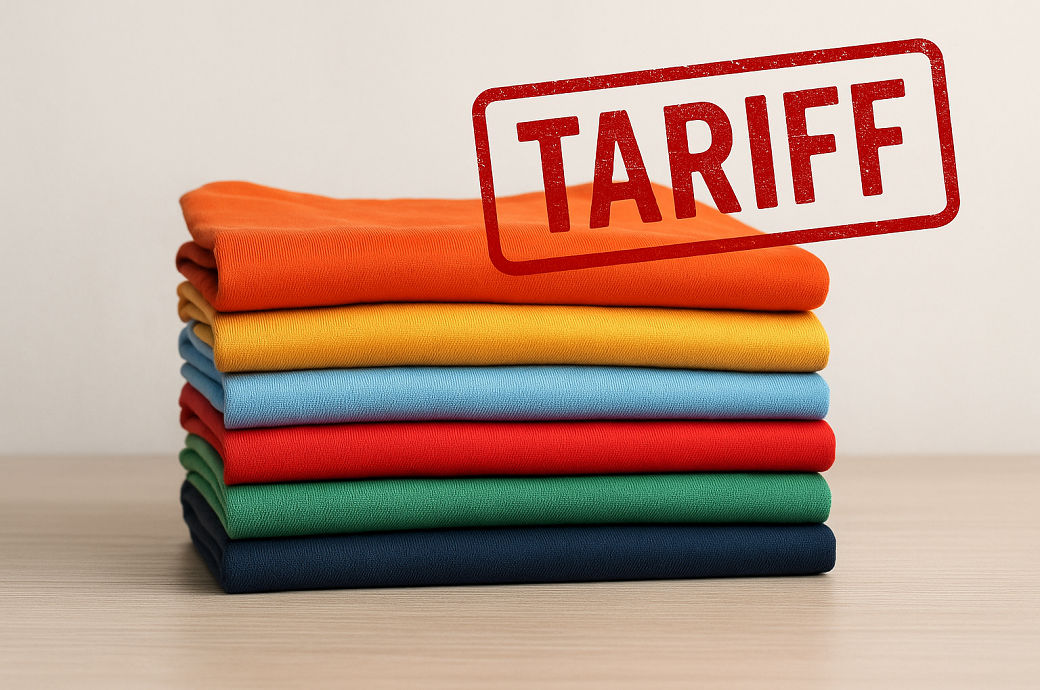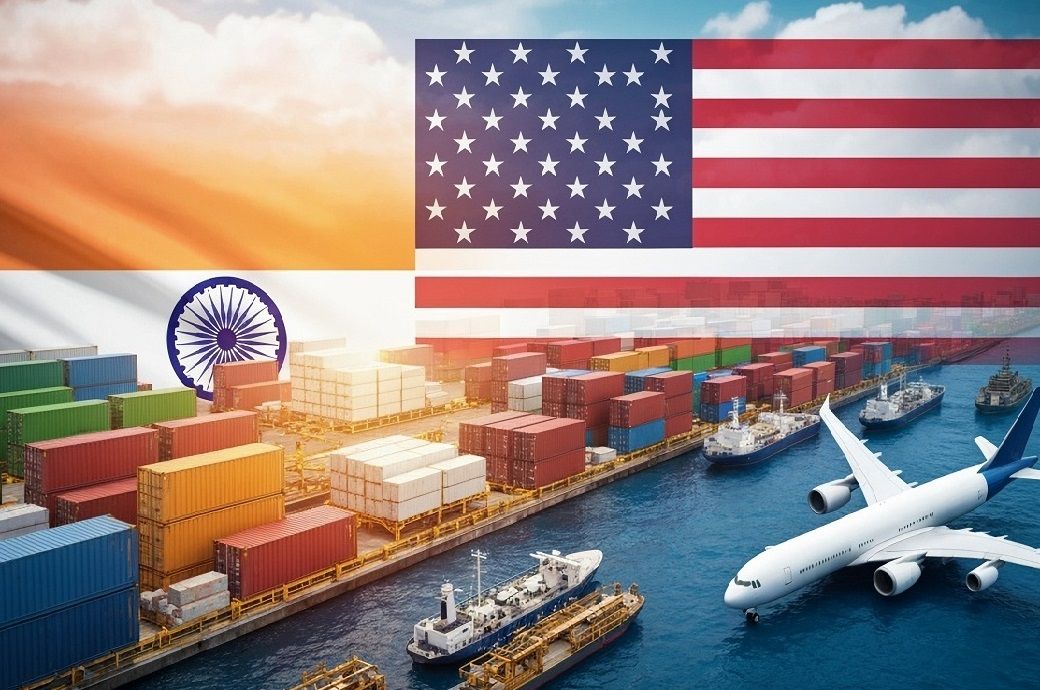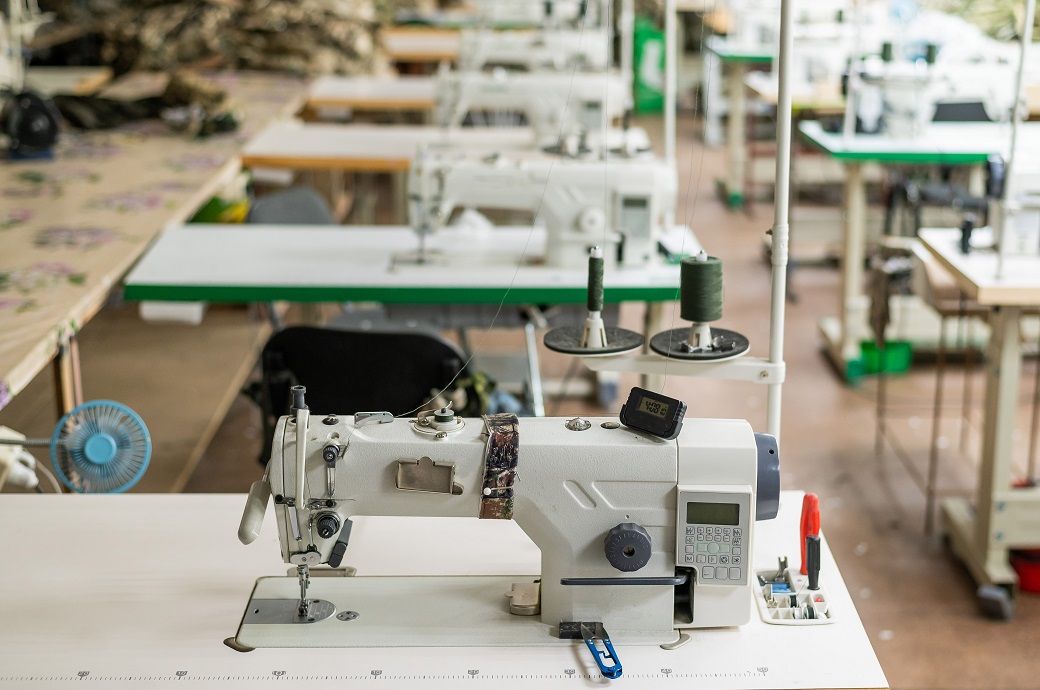
As per media reports, many global retailers are reportedly pausing their sourcing from the country, prompting widespread uncertainty within the industry.
The US imposition of an additional 25 per cent tariff on Indian textile and apparel imports is triggering a major shift in sourcing strategies.
Many retail giants have reportedly paused sourcing from India, creating uncertainty among Indian exporters.
Analysts predict an estimated revenue loss of $4 to $5 billion for the Indian textile sector.
According to multiple media reports, exporters across India have received communications from several global brands requesting that they pause shipments until further notice. This is seen as a direct response to the tariff escalation pushed by US President Donald Trump, marking a decisive shift in trade dynamics between the two countries.
The United States is India’s single largest market for textile and apparel exports, accounting for approximately 28 per cent of the country’s total exports in FY25 (ending March 2025), according to some estimates. However, the new tariffs could sharply increase landed costs by 30 per cent to 35 per cent, making Indian products significantly less competitive in the US market.
Analysts predict that the resulting disruption could lead to a 40 per cent to 50 per cent decline in export orders from the US, translating into an estimated revenue loss of $4 to $5 billion for the Indian textile sector.
Buyers, now facing increased costs, are reportedly negotiating hard with Indian suppliers or simply redirecting orders to alternative sourcing destinations.
One of the biggest beneficiaries of this development appears to be Bangladesh. A garment exporter based in Dhaka remarked that orders have already started to shift. “Retailers and brands, who were earlier unsure, are now returning with higher volumes of orders,” claimed the apparel maker, citing the higher tariff rates in India and China as the primary driver for the shift.
In 2024, the US imported approximately $107.72 billion worth of textile products, including $80 billion in readymade garments, as per some reports. China accounted for 21 per cent, Vietnam 19 per cent, Bangladesh 9 per cent, India 6 per cent, and Sri Lanka 3 per cent of the US market as per some estimates, which makes India the fourth-largest source of apparel exports to the US.
Bangladesh nevertheless holds several strategic advantages vis-à-vis many of its competitors, including competitive labour costs, lower tariffs, and a responsive manufacturing ecosystem. There is also another factor now, which is expected to play a significant role in making Bangladesh more attractive to US buyers—the country’s plan to significantly ramp up its import of US cotton and man-made fibres (MMF) from the US.
Under the new US tariff structure, exported products that contain 20 per cent or more raw materials sourced from the United States are partially exempt from countervailing duties. For example, if a Bangladeshi garment is made with 50 per cent US-origin cotton, the 25 per cent tariff will not apply to that 50 per cent portion. This mechanism gives Bangladesh an incentive to integrate more US raw materials into its manufacturing supply chain.
Reports suggest that the Bangladeshi apparel industry is now actively working to double its imports of US cotton over the next year. This strategic shift aims to capitalise on the origin-based exemption built into the tariff policy, effectively enabling the country to maintain price competitiveness while accessing the US market with fewer trade barriers.
In light of this, Bangladesh’s appeal as a sourcing destination is likely to grow among US buyers who are predominantly relying on India currently. With the prospect of reduced costs and fewer trade complications, the shift in orders may accelerate further.
Recognising the opportunity on offer, industry players in Bangladesh are reportedly calling for a coordinated strategy to cement this advantage. Calls for enhanced branding, targeted marketing, and stronger price negotiations are growing louder even as stakeholders are pushing for promotional efforts, particularly in the US, to position Bangladesh as a reliable, cost-effective, and duty-smart sourcing partner.
As the sourcing dynamics continue to shift, the coming months will be crucial in determining how regional textile economies reposition themselves amidst the changing global trade winds.
Fibre2Fashion News Desk (DR)






